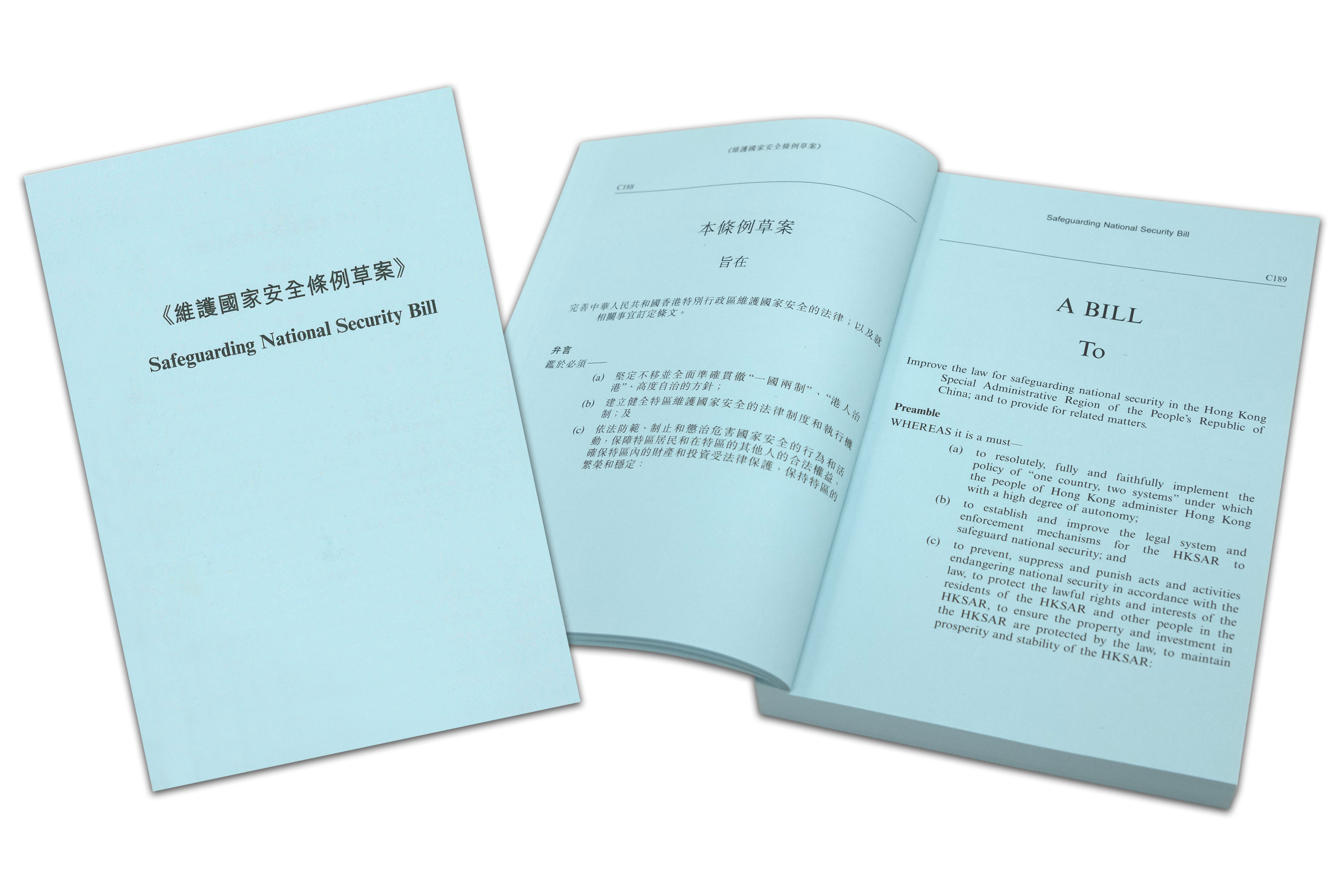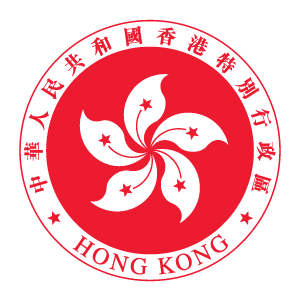HOW LAWS ARE MADE
Article 62(5) of the Basic Law provides that the Government of the Hong Kong Special Administrative Region has the powers and functions to draft and introduce bills, motions and subordinate legislation. Bills introduced by the Government are known as Government bills.
Under Article 74 of the Basic Law, bills which do not relate to public expenditure or political structure or the operation of the Government may be introduced individually or jointly by Legislative Council Members. As for bills relating to Government policies, the written consent of the Chief Executive is required before they can be introduced by Members. Bills introduced by Members are known as Members’ bills.
If the Government intends to propose new laws or amend existing laws, the relevant policy bureau normally will first consult the parties affected by the bill and the relevant Panel of the Legislative Council, and then the Department of Justice (“DoJ”) will be requested to put the proposal into the form of a bill. The bill will next be submitted to the Executive Council. Upon approval by the Executive Council, a notice of the Government’s intention to present the bill will be sent to the Clerk to the Legislative Council. The bill will then be published in the Gazette and introduced into the Legislative Council.
Before a Member introduces a bill, he or she must first consult the relevant Panel of the Legislative Council on a draft of the bill and may consult the parties affected by the bill. The Member who intends to introduce a bill is responsible for the drafting of the bill. A Member’s bill is required to be accompanied by a certificate issued by the Law Draftsman of DoJ that the bill conforms to both the form of bills according to the Rules of Procedure of the Legislative Council of the Hong Kong Special Administrative Region (“RoP”) and the general form of Hong Kong legislation.
Upon receipt of the certificate, the Member may send to the Clerk to the Legislative Council a notice of intention to present the bill, and the bill will then be published in the Gazette and introduced into the Legislative Council.
For a “private bill”1, the Member is required to publish the bill in two successive publications of the Gazette and the notice of the bill is required to be advertised twice in two daily newspapers published in Hong Kong, one being a Chinese language newspaper and the other an English one.

After a bill has been gazetted, it has to pass through three readings in the Legislative Council before it is enacted. The time required for a bill to pass through the Legislative Council varies from one day to over a year, depending on its complexity and whether it is controversial.
First Reading is the formal introduction of a bill into the Legislative Council. It is nothing more than the Clerk to the Legislative Council reading out the short title of the bill at a Council meeting. No debate is allowed at this stage. Under RoP, when a bill has been read the first time, the Legislative Council is deemed to have ordered the bill to be set down for Second Reading.
Immediately following the First Reading of a bill at a Council meeting, the public officer or Member in charge of the bill moves a motion that “The bill be read the second time” and gives a speech explaining the main purpose of the proposed legislation. Normally, after the motion on Second Reading has been moved, the debate on the bill is adjourned, with the bill being referred to the House Committee for scrutiny.
The House Committee has to decide, at its subsequent meeting, whether a Bills Committee should be formed to scrutinize the bill. If a bill is controversial or complicated, a Bills Committee may be formed to consider the bill in detail. All Members, other than the President of the Legislative Council, may join a Bills Committee. A Bills Committee will consider the general merits and principles, and the detailed provisions of the bill; it may also consider any amendments relevant to the bill. When a Bills Committee has completed consideration of the bill allocated to it, it notifies the House Committee.
Unless otherwise decided by the House Committee, the bill is regarded as ready for resumption of the Second Reading debate. The public officer or Member in charge of the bill will be notified that he or she may give notice to resume the Second Reading debate on the bill.
During the resumed debate at a Council meeting, a Member, usually the Chairman of the Bills Committee, presents the views of the Bills Committee as a whole. Members may speak on the general merits and principles of the bill. Following the debate on Second Reading, a vote is taken on the motion for the Second Reading of the bill. If the motion is negatived, the bill may not proceed further.
If the motion for the Second Reading is agreed to, the bill shall stand committed to a “Committee of the whole Council” which discusses whether it supports the amendments proposed thereto, and whether the clauses should stand part of the bill. In the Committee of the whole Council, the Chairman of the Bills Committee may move amendments to the bill on behalf of the Bills Committee. Individual Members and the public officer in charge of the bill may also move their own amendments.
When the proceedings upon the bill have been concluded in the Committee of the whole Council, the Legislative Council resumes. The public officer or Member in charge of the bill reports the bill to the Legislative Council with or without amendments and moves a motion that the report of the Committee of the whole Council on the bill be adopted. The motion shall be voted on without amendment or debate. If the motion is agreed to, the Legislative Council is deemed to have ordered the bill to be set down for Third Reading. If the motion is negatived, no further proceedings shall be taken on the bill.
When the motion for the adoption of the report of the Committee of the whole Council on the bill is agreed to, the bill proceeds to Third Reading with the public officer or Member in charge of the bill moving a motion that “The bill be read the third time and do pass”. At Third Reading, Members may only make a short speech on whether the bill should be supported. If the motion on Third Reading is passed, the bill completes its passage in the Legislative Council. If the motion is negatived, no further proceedings shall be taken on the bill.

Under Annex II of the Basic Law and RoP, the passage of motions, bills or amendments thereto introduced by the Government requires a majority vote of the Members present.
The passage of motions, bills or amendments thereto introduced by individual Members requires a majority vote of each of the two groups of Members present, i.e. Members returned by the Election Committee, and those returned by functional constituencies and by geographical constituencies through direct elections.
A bill passed by the Legislative Council shall take effect only after it is signed and promulgated by the Chief Executive. The Chief Executive promulgates the law enacted by the Legislative Council (i.e. the Ordinance) through publication in the Gazette. The Ordinance commences on the day of publication in the Gazette or, if provision is made for it to commence on another day, on that other day.
Under Article 17 of the Basic Law, laws enacted by the Legislative Council must be reported by the Government to the Standing Committee of the National People’s Congress for the record.
A flowchart illustrating the law-making process is in the Appendix.
(debate to be adjourned)
Bills Committee
Bills Committee
(and proposed amendments if any)
The Legislative Council shall adopt the following procedures for voting on motions, bills and amendments thereto:



